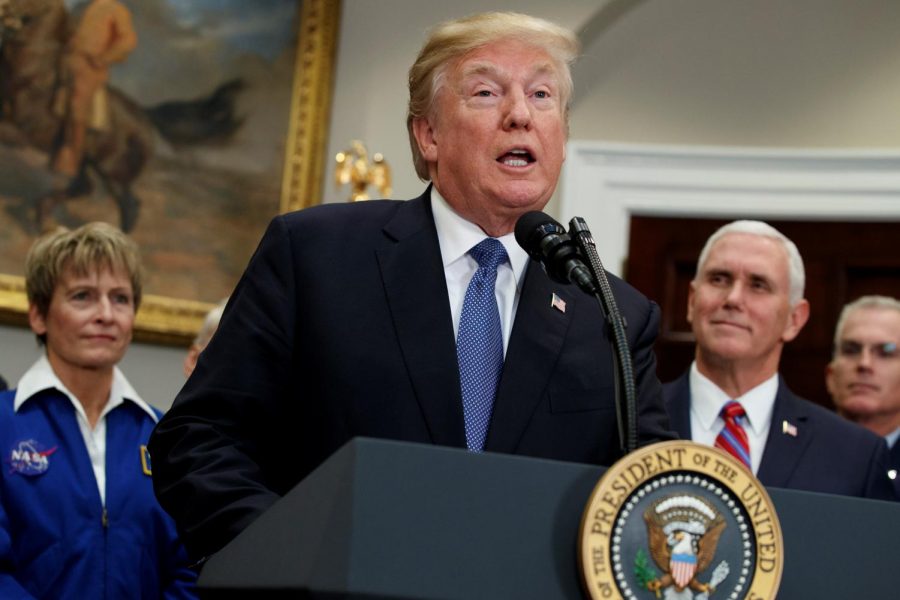The Future of Space Exploration
President Donald Trump has formally requested that Nation Aeronautics and Space Administration (NASA) send American astronauts back to the moon through the Space Policy Directive I document.
“This time, we will not only plant our flag and leave our footprint, we will establish a foundation for an eventual mission to Mars and, perhaps someday, to many worlds beyond,” President Trump released in a statement.
NASA has plans to create a Lunar Orbital Platform-Gateway sometime in the 2020’s. Many believe this “Lunar Outpost,” will be a great step towards being able to travel to Mars, which happens to be the long-term goal for space exploration.
“I feel like once we have figured out how to create a viable and permanent spot on the moon, the technology needed for us to get to Mars won’t seem as out of reach,” senior Hannah Molen said. “Right now, there’s a lot of talk about colonizing Mars, but it seems so out of reach since we haven’t done anything space-wise in so long.”
Space travel outside of Earth’s orbital atmosphere hasn’t been attempted since 1972 since space exploration was no longer a top priority after the end of the Cold War. Along with the beginning of new missions, technology and science will be greatly impacted in order to meet the needs of the future space exploration goals. Many people believe this will be beneficial to not only the United States, but humankind altogether.
“Past history indicates that this will be very beneficial,” Earth and Space Science teacher Mike Christian said. “If we look at all the advances in science and technology that came from space exploration in previous decades, the computers had to be pushed further and further than they ever have been before in order to achieve that goal. So, by trying to achieve these far-flung goals we are advancing our technology step by step, which will greatly benefit all of mankind in general.”







